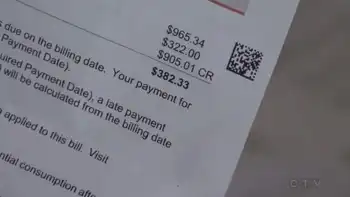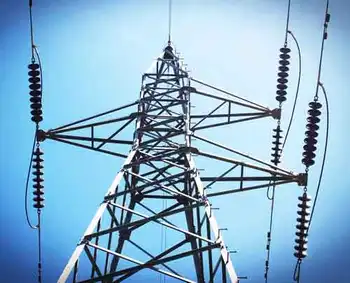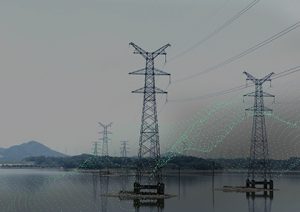Ontario needs nuclear boost, Manley says
By Canadian Press
Substation Relay Protection Training
Our customized live online or in‑person group training can be delivered to your staff at your location.

- Live Online
- 12 hours Instructor-led
- Group Training Available
That would include spending $600 million to finish rebuilding one of three dormant reactors at OPGÂ’s controversial Pickering A nuclear facility, Manley told a news conference.
“We believe that the project should move forward and that it can be completed on budget,” Manley said.
“It is the quickest, least expensive means for Ontario to meet some of its important energy supply needs.”
The report, from a three-member review panel comprised of Manley, former federal energy minister Jake Epp and former Scotiabank chief executive Peter Godsoe, also urges the province to solicit help from the private sector to build new nuclear generating stations.
Manley acknowledged Ontario’s “spotty” history when it comes to running nuclear power plants, which have been plagued with cost overruns, expensive shutdowns and mismanagement through the years.
Ontario, he said, is simply running out of options.
“Let’s get our act together, because we don’t have a lot of choices,” Manley said. “If they can do it in China, surely to goodness we can do it in Ontario.”
The report also recommends that OPG remain in public hands, but that governments put an end to the long history of political interference at the utility.
“There should be no minimizing significant accountability and performance problems in recent years at OPG; it has also been whipsawed by one policy change after another and subjected to a history of political interference,” the report said.
“We need to give it the framework and the tools to get to work on its core business — providing reliable, competitively priced electricity generation for Ontario.”
Ontario needs to replace its aging nuclear plants with new nuclear technology and enter into leases or other arrangements with the private sector for financing.
The report said private companies should bear the risk of cost overruns in building new nuclear plants, not taxpayers or hydro ratepayers.
The report also recommended OPG remain as a single company, but with two distinct divisions: one to handle its nuclear assets and the other managing hydro-electric, natural gas and other methods of generation.
The province must also encourage more generation from natural gas and renewable sources, but OPG should get out of the green power business to let others concentrate on it, said the report.
It also said the utility should move out of the former Ontario Hydro headquarters across the street from the Ontario legislature and move a smaller management team to a new office closer to its power plants.
The report comes days after OPG reported a $491-million loss last year, including a $476-million writeoff on the value of coal-fired plants that the Liberal government plans to shut down by 2007.
That news was accompanied by the details of a damning independent audit that warned the utility, which owns the bulk of the provinceÂ’s generating stations, is on the verge of collapse if its course isnÂ’t altered.
The audit blamed part of the utility’s problems on a flawed strategy to revamp its nuclear power stations — a strategy that has cost billions more than expected and is years behind schedule.
Duncan said recently that the province will have to embark on a hugely expensive plan to fix OPG and the provinceÂ’s electricity sector, with an estimated cost of between $30 billion and $40 billion.











